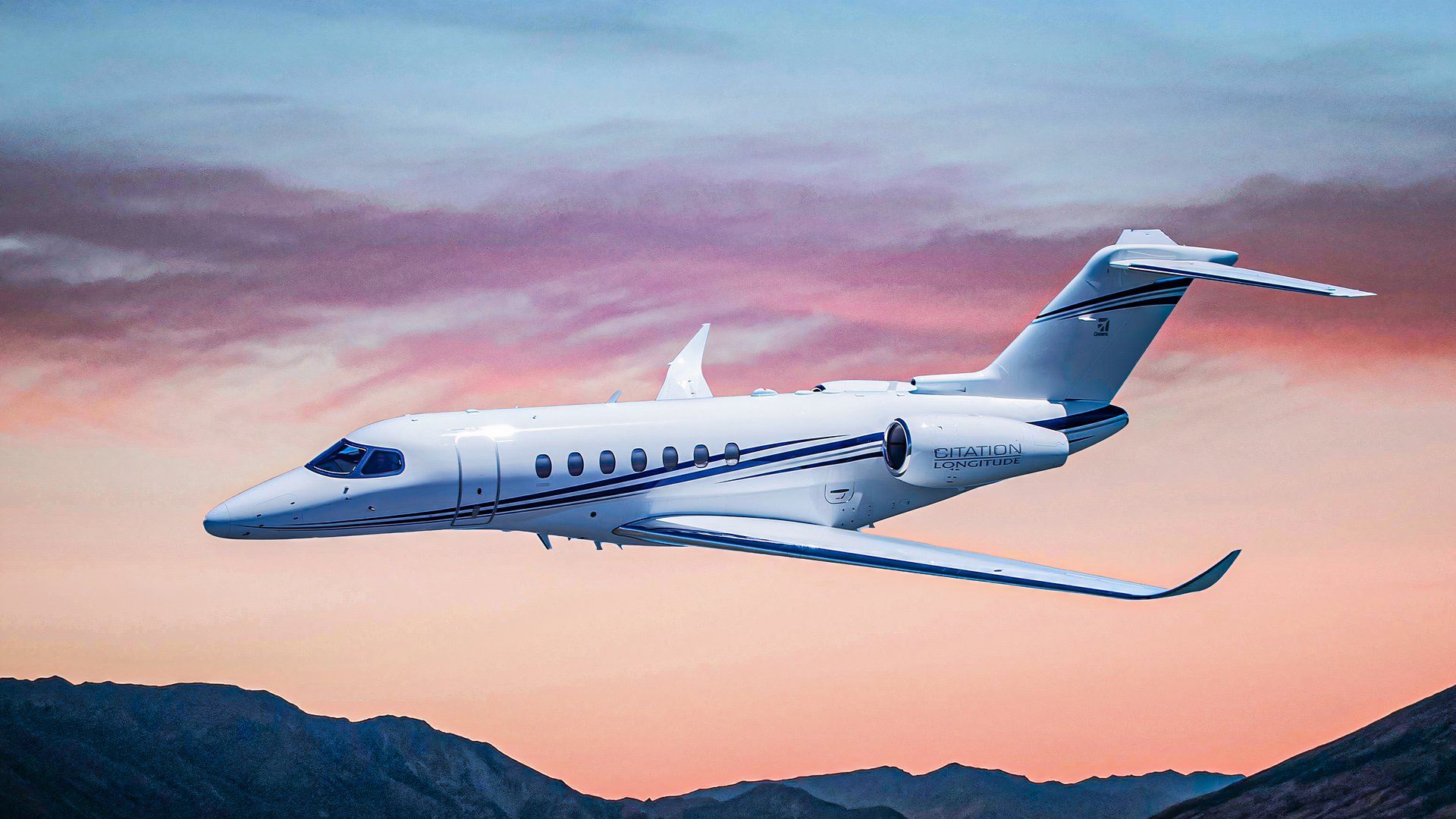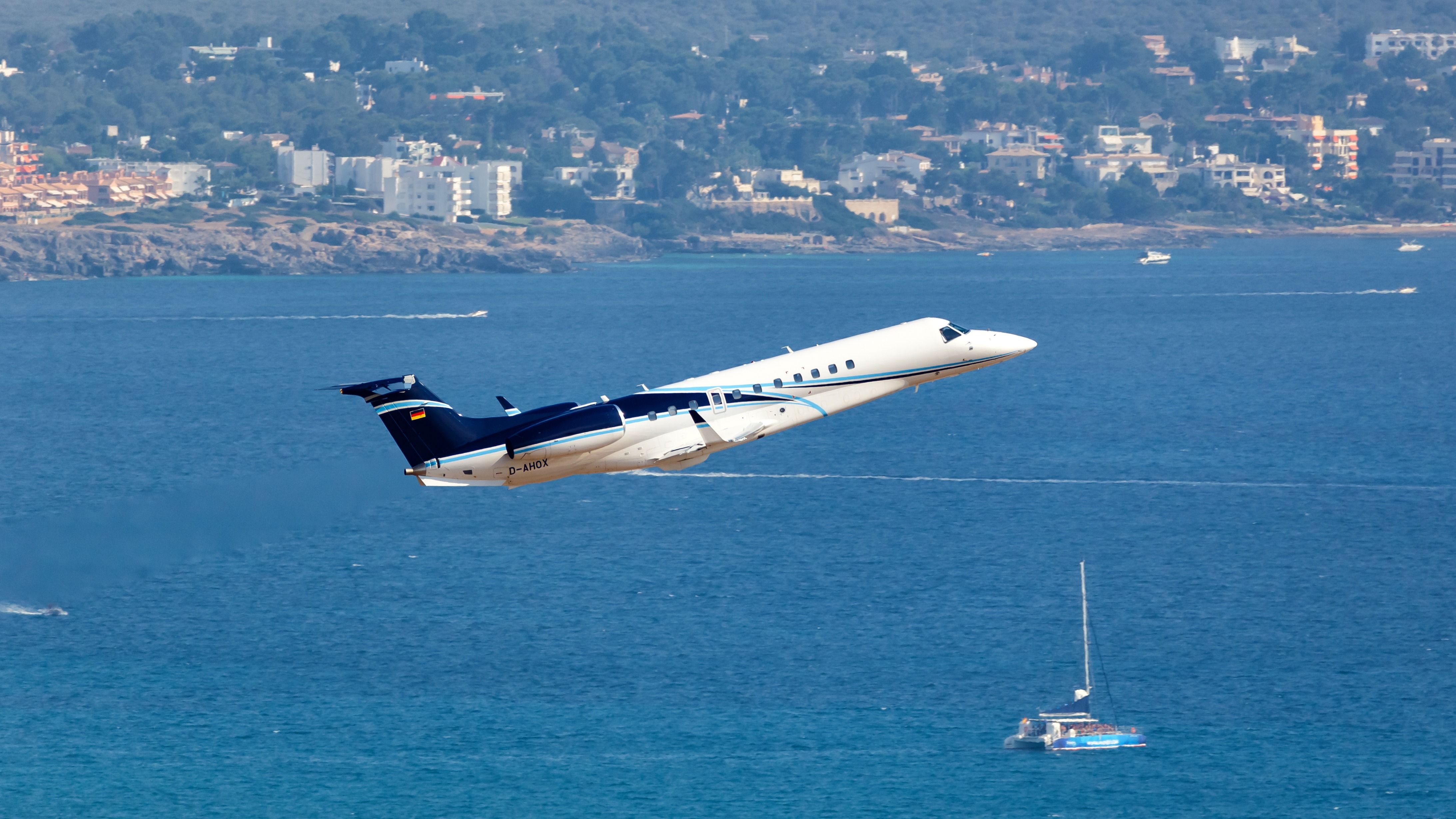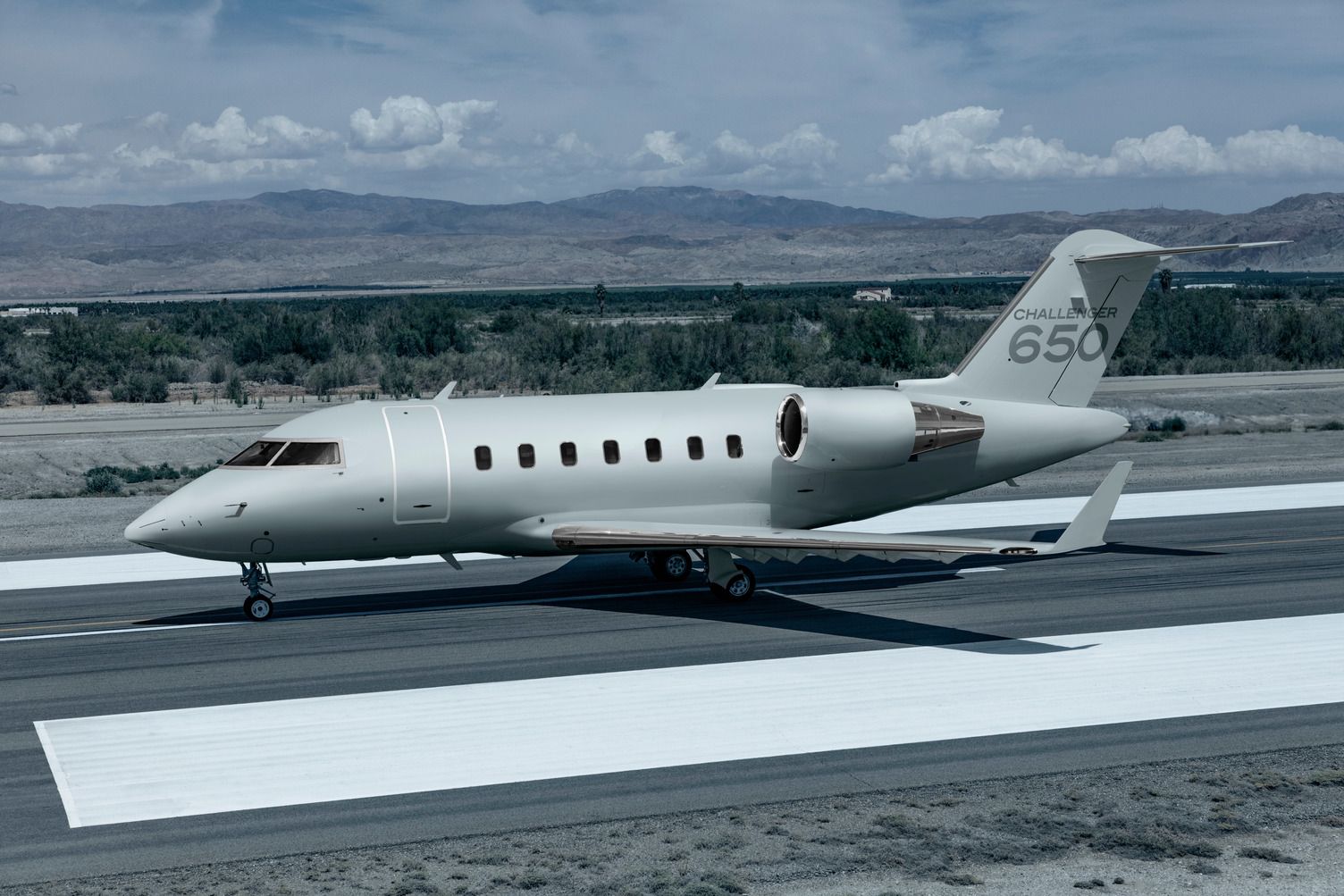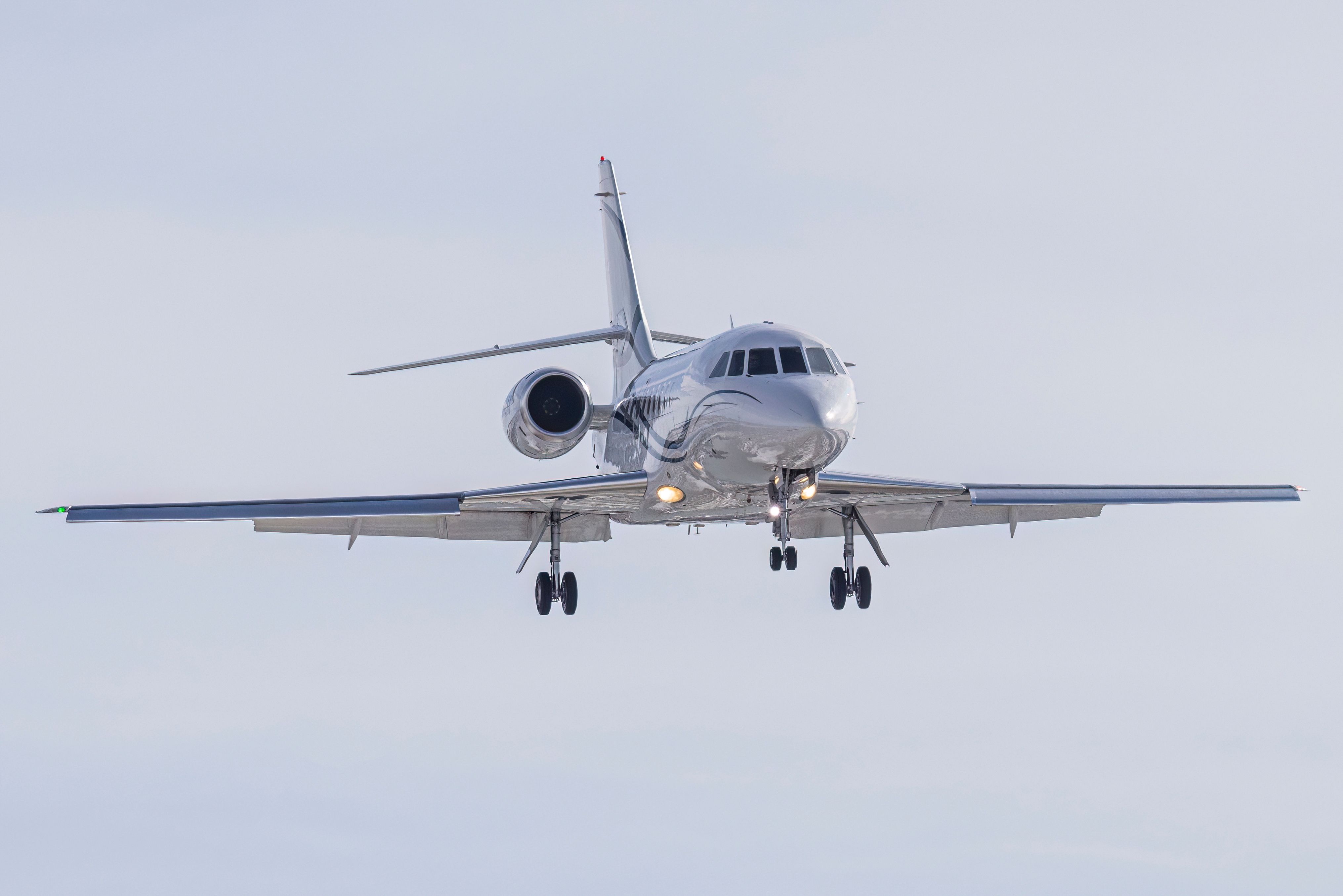Flying privately is the ultimate luxury for travelers. Being able to fly aboard a private jet provides the traveler with the ultimate flexibility and luxury. These spacious aircraft provide more legroom and a variety of other benefits while onboard. Flying privately also allows the traveler to depart whenever they want, instead of waiting for a scheduled commercial flight to depart from their destination. Private jets can also depart from and arrive at a wide variety of destinations. Due to their smaller size, the business jet can land on shorter runways and take off on shorter runways. This opens up a larger number of airports to fly to, which may allow the traveler to arrive closer to their intended destination instead of far away, like some commercial airports.
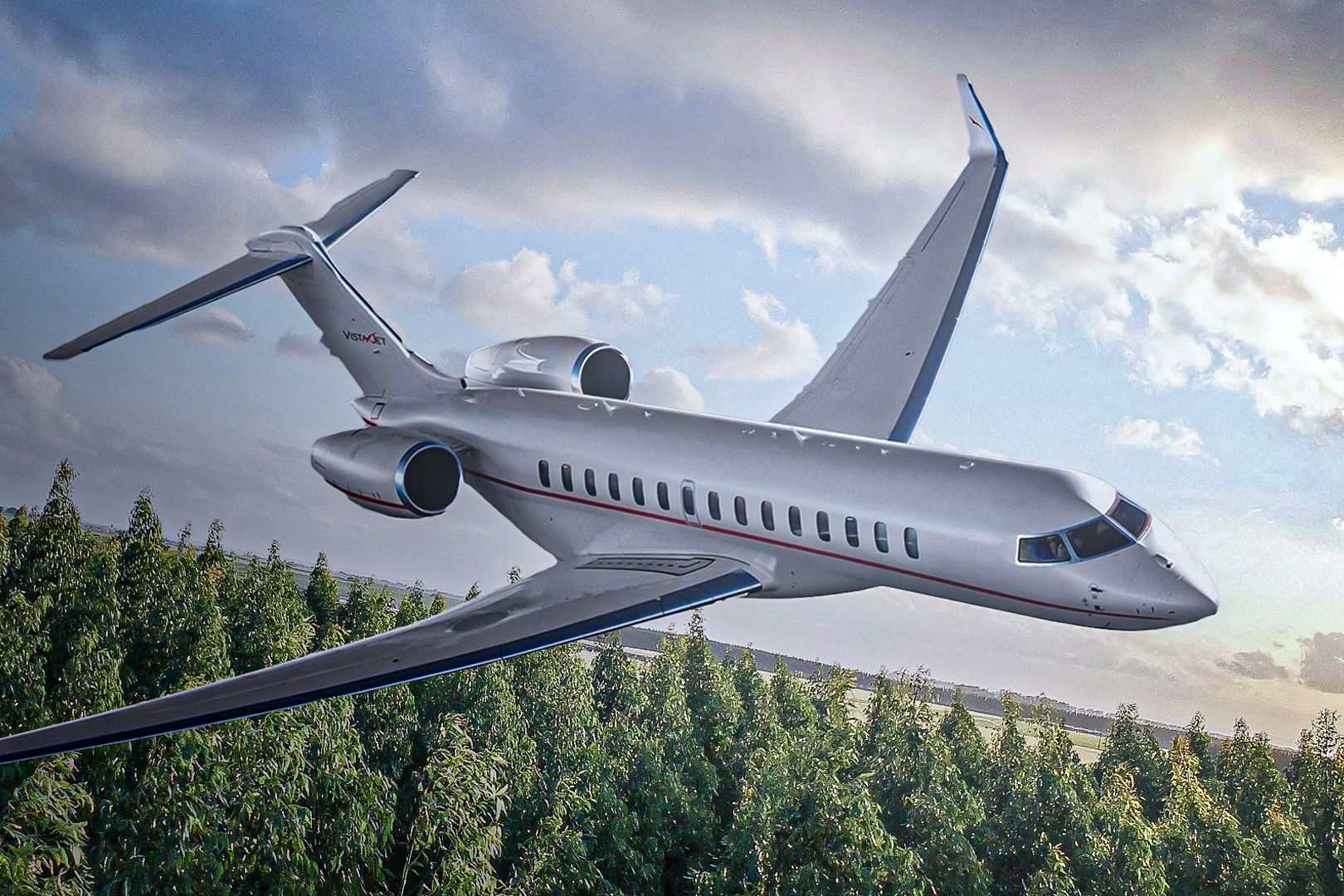
Related
Exploring The Market: 5 Ultra-Long-Range Business Jets
Several different manufacturers have developed ultra-long-range business jets in the past several years.
There is a wide variety of private jet types. For example, very light business jets may fit four to six passengers and fly around 1,000 nautical miles (1,150 miles). On the other hand, ultra-long-range private jets can fit up to 20 passengers and may reach up to 7,750 nautical miles (8,918). Somewhere in between these two ends of the spectrum is the large cabin business jet. These large aircraft can usually fit between eight and eighteen passengers and can fly somewhere around 4,000 to 5,000 nautical miles (4,603 to 5,753 miles). Let’s take a closer look at some of these unique large-cabin business jets, as well as some of the notable features that make these aircraft so special.
1
Cessna Citation Longitude
First introduced: September 2019
|
Capacity |
8–12 passengers |
|---|---|
|
Length |
73 feet two inches |
|
Height |
19 feet five inches |
|
Wingspan |
68 feet eleven inches |
|
Maximum takeoff weight (MTOW) |
39,500 pounds |
|
Maximum speed |
Mach 0.84 (644 miles per hour) |
|
Cruise speed |
484 knots (556 miles per hour) |
|
Range |
3,500 nautical miles (4,028 miles) |
|
Flight ceiling |
45,000 feet |
Photo: Cessna
The Citation Longitude is Cessna’s largest business jet offering. This large cabin business jet was first announced at the annual European Business Aviation Convention & Exhibition (EBACE) in May 2012. The Citation Longitude is a stretched version of the Citation Latitude. The two jets have the same fuselage cross-section, but the Citation Longitude has a fuselage that is just over 10 feet longer than the Citation Latitude. The Citation Longitude is powered by two Honeywell HTF7000 turbofan engines, which each provide the aircraft with over 7,500 pounds of thrust each. Cessna officially entered the jet into service in September 2019, and over 100 of these business jets have been produced.
2
Embraer Legacy 650
First introduced: February 2011
|
Capacity |
13–14 passengers |
|---|---|
|
Length |
86 feet five inches |
|
Height |
21 feet nine inches |
|
Wingspan |
69 feet five inches |
|
Maximum takeoff weight (MTOW) |
53,572 pounds |
|
Maximum speed |
Mach 0.80 (613 miles per hour) |
|
Cruise speed |
Mach 0.78 (597 miles per hour) |
|
Range |
3,900 nautical miles (4,500 miles) |
|
Flight ceiling |
41,000 feet |
Photo: Markus Mainka | Shutterstock
Embraer first introduced the Legacy 600 series in the early 2000s. Initially, Embraer offered the Legacy 600, which was developed from the Embraer Regional Jet, the ERJ-135. Specifically, the Legacy 650 is an upgraded variant from the Legacy 600. Some of these upgrades include a much longer range and a lowered aisle within the cabin, which offers more headroom while navigating the aircraft. It also uses an improved engine, utilizing a Rolls-Royce AE 3007A2 that can provide over 9,000 pounds of thrust. Both Legacy models feature the Honeywell Primus Elite avionics suite. The Legacy 650 was first introduced in 2009.
3
Bombardier Challenger 650
First introduced: 2015
|
Capacity |
19 passengers |
|---|---|
|
Length |
68 feet five inches |
|
Height |
20 feet eight inches |
|
Wingspan |
64 feet four inches |
|
Maximum takeoff weight (MTOW) |
48,200 pounds |
|
Maximum speed |
Mach 0.85 (652 miles per hour) |
|
Cruise speed |
Mach 0.80 (613 miles per hour) |
|
Range |
4,000 nautical miles (4,600 miles) |
|
Flight ceiling |
41,000 feet |
One of the oldest large cabin jets that is still in production is the Bombardier Challenger 600 series. This aircraft was initially designed from a concept by Bill Lear. Canadair, at the time, began funding the development of the aircraft and later introduced the Challenger 600 in 1980. However, after several years of production, Canadair ran into some financial struggles. Bombardier bought the company in 1986 and continued the production of the Challenger 600.
Photo: Bombardier Defense
The latest variant in this family of aircraft is the Challenger 650. It was introduced in 2015 and features several new upgrades from earlier models. These upgrades include a redesigned interior, the Rockwell Collins Pro Line 21 Advanced avionics system, and newer General Electric CF34 turbofan engines.
4
Gulfstream G500
First introduced: September 2018
|
Capacity |
19 passengers |
|---|---|
|
Length |
96 feet one inch |
|
Height |
25 feet three inches |
|
Wingspan |
94 feet two inches |
|
Maximum takeoff weight (MTOW) |
94,600 pounds |
|
Maximum speed |
Mach 0.925 (704 miles per hour) |
|
Cruise speed |
Mach 0.85 (652 miles per hour) |
|
Range |
6,600 nautical miles (7,595 miles) |
|
Flight ceiling |
51,000 feet |
Gulfstream first announced the G500 in October 2014. Deliveries of this large-cabin aircraft began in September 2018. It was introduced as a replacement for the G450.
Photo: Gulfstream Aerospace
The G500 was designed with a supercritical wing, similar to the successful larger aircraft, the G650. It also incorporated a similar tail to the G650. Gulfstream utilizes two Pratt & Whitney Canada PW800 turbofan engines for the G500, which provide over 15,000 total pounds of thrust. The G500 is delivered with the Honeywell Symmetry Flight Deck, which incorporates BAE Systems active sidesticks instead of a typical yoke found in earlier Gulfstream jets.
5
Dassault Falcon 2000
First introduced: 1995
|
Capacity |
10 passengers |
|---|---|
|
Length |
66 feet four inches |
|
Height |
23 feet four inches |
|
Wingspan |
70 feet two inches |
|
Maximum takeoff weight (MTOW) |
42,801 pounds |
|
Maximum speed |
Mach 0.862 (661 miles per hour) |
|
Cruise speed |
Mach 0.80 (613 miles per hour) |
|
Range |
4,000 nautical miles (4,603 miles) |
|
Flight ceiling |
47,000 feet |
Photo: BlueBarronPhoto | Shutterstock
Dassault released the Falcon 2000 in 1995. The original variant was meant as an upgraded yet smaller version of the Dassault Falcon 900. However, Dassault builds the Falcon 2000 with only two engines instead of the three engines that are used on the Falcon 900 series. The fuselage was shortened by nearly seven feet and Dassault also removed the inboard slats. Since its introduction, over 700 total Falcon 2000s have been built.

